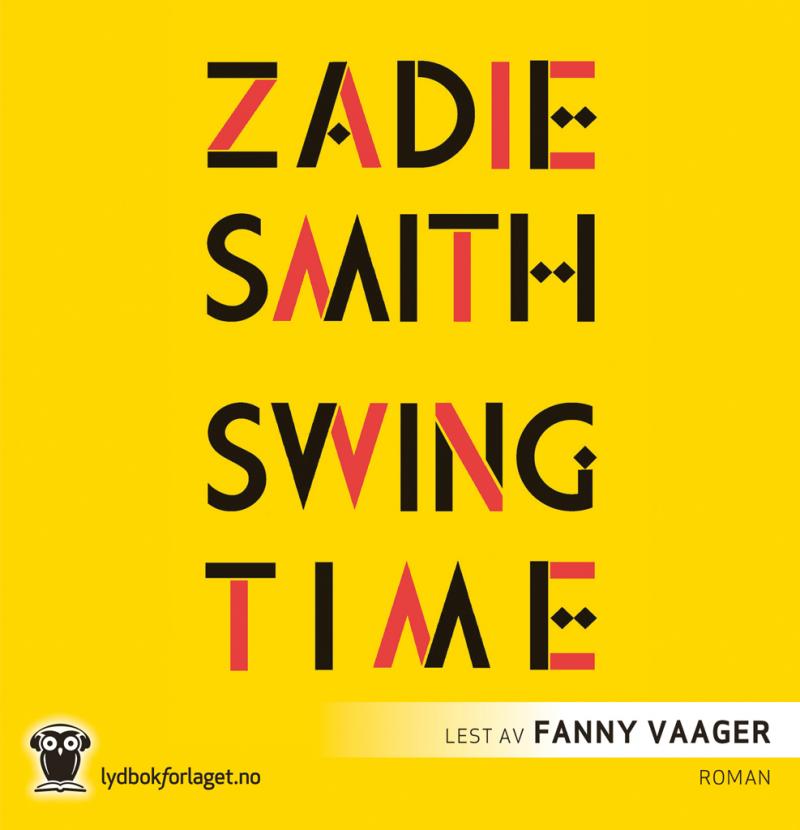
She wore her thin blond hair pulled back very tightly in what I knew my mother would call a "Kilburn facelift." But Tracey's personal glamour was the solution: she was her own mother's most striking accessory. Looking across at Tracey I diagnosed the opposite problem: her mother was white, obese, afflicted with acne.

Accessories only cramped her style, including, or so I felt at the time, the horse-faced seven-year-old by her side.

She'd no need of make-up or products or jewelry or expensive clothes, and in this way her financial circumstances, her politics and her aesthetic were all perfectly - conveniently - matched. Hair is not essential when you look like Nefertiti. She wore her hair in a half-inch Afro, her skull was perfectly shaped, she never wore make-up and dressed us both as plainly as possible. She pulled my great frizz back in a single cloud, tied with a black band.

Satin yellow bows were a phenomenon unknown to my mother. She had spiral curls, they reached to her backside and were gathered into two long plaits, glossy with some kind of oil, tied at their ends with satin yellow bows. Cute, but also obscene: her nostrils were on permanent display. Tracey's face was perky and round, she looked like a darker Shirley Temple, except her nose was as problematic as mine, I could see that much at once, a ridiculous nose - it went straight up in the air like a little piglet. But my face was ponderous and melancholy, with a long, serious nose, and my eyes turned down, as did my mouth. Our shade of brown was exactly the same - as if one piece of tan material had been cut to make us both - and our freckles gathered in the same areas, we were of the same height.

There were many other girls present but for obvious reasons we noticed each other, the similarities and the differences, as girls will. on that Saturday, walking through the sandy gravel of a churchyard, each holding our mother's hand. If all the Saturdays of 1982 can be thought of as one day, I met Tracey at ten a.m.


 0 kommentar(er)
0 kommentar(er)
